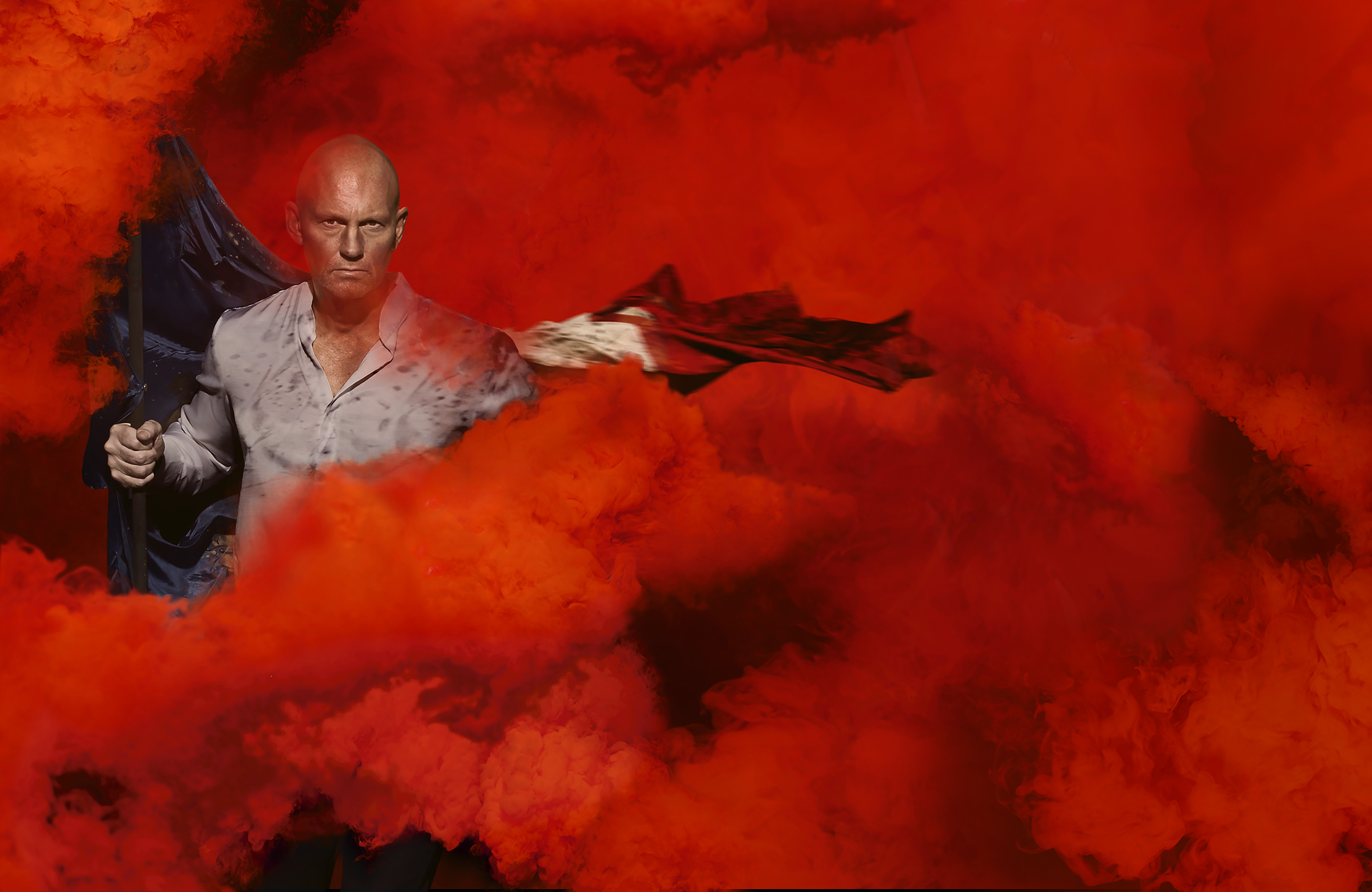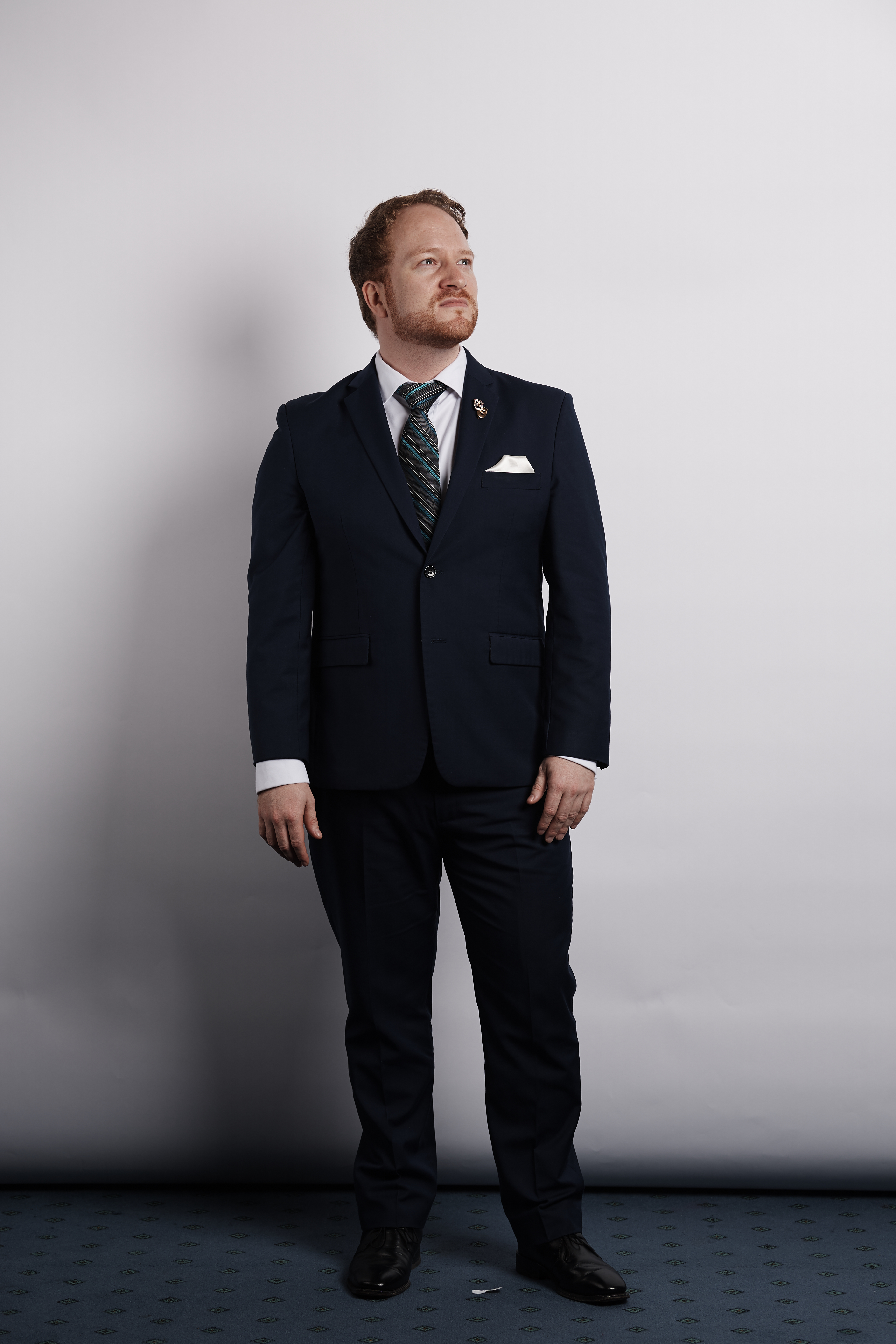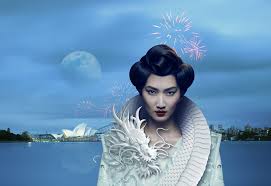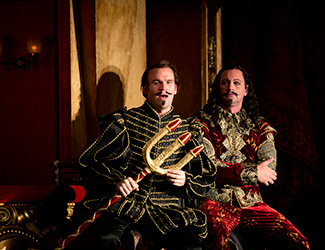Opera Australia 2015: “New Frontiers And Broad Appeal”
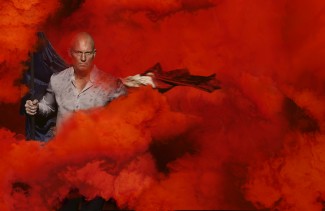
Opera Australia today launches its 2015 Sydney season with a core of classics performed by a stable of overseas and home-grown masters of their roles and creatives. The programme, it says is “uniquely audience-focused”, “highly accessible” and has the aim of further increasing audience numbers.
Speaking to SoundsLikeSydney, Opera Australia’s Artistic Director Lyndon Terracini affirms the forces which have propelled him from the start of his tenure – ” my philosophy from the beginning was for opera to play to as many people as possible……for the performance standard to be as high as it could possibly be within the limits of our budget, and for us to be able to do works in the repertoire that are important.”
In this vein, the 2015 Sydney winter sees the return of Elijah Moshinksy’s Don Carlos, bursting with some of Verdi’s most dramatic music, based on the poem by Friedrich von Schiller. Terracini comments that it is ” one of the major works in the entire canon and we are doing it as best as we can with the best people.” Those people include basses Ferruccio Furlanetto and Giacomo Prestia who will sing the role of Philip II in Sydney and Melbourne respectively. The pair sing the role at the Vienna State Opera this year and are widely regarded as “the best Kings Philip in the world.” Add to that the formidable trio of Diego Torre as Don Carlos, Milijana Nikolic as Princess Eboli and Jose Carbo as Rodrigo, and, says Terracini, “It is indicative of where we would like to be sitting.”
Another thread to this vein is the second of the three Mozart – da Ponte collaborations which will be created by Sir David McVicar. The Marriage of Figaro playing in Sydney in August, follows hot on the heels of McVicar’s warmly received new production of Don Giovanni, although Terracini promises a “very different feel, with a lighter and more open design.”
We will see more of McVicar’s work in Gounod’s Faust, which, like Don Carlos hasn’t been performed in Sydney for a number of years. McVicar’s conception for Covent Garden is set in decadent 1870’s Paris and was unveiled in 2004, receiving its third lauded reprisal there this year.
The rest of the year presents the safe choices of La Boheme, La Traviata, Turandot, Madame Butterfly and Tosca with Julie Taymor’s fantastical abridged English version of The Magic Flute occupying its traditional January school holiday run.
Terracini was able to reveal that Handa Opera on Sydney Harbour will continue for another triennium with Aida being the offering for 2015 featuring Latonia Moore and Daria Masiero in the title role and Milijana Nikolic and Jacqueline Dark as Amneris.
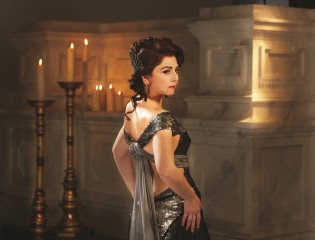
Terracini is genuinely excited as he presents the line-up of singers whom we will hear next year, some of whom have consistently impressed over the past few seasons. As well as Furlanetto and Prestia, he adds “Lise Lindstrom is widely regarded as the best Turandot in the world; Michael Fabiano, a younger singer is starting to have tremendous success. I know he turned down the Paris Opera so he could come and sing with us in the title role of Faust; Teddy Tahu Rhodes will sing Méphistophélès and Giorgio Caoduro who had such a big success as Rigoletto is coming back to sing Valentin. Yonghoon Lee who was such a huge success as Cavaradossi in Tosca is coming back to sing Calaf in Turandot; Alexia Voulgaridou who was a great Tosca is a wonderful ‘Butterfly’; Dalibor Jenis who was an excellent Onegin will sing the Count in Figaro; Ricccardo Massi whom we saw in La Forza del destino and Diego Torre will sing Cavaradossi and Claudio Sgura who was so good in Otello this year will sing Scarpia with Shane Lowrencev.”
But opera is not just about the singers. There are the musicians and the creative team. Ultimately it is the conductor who weaves the various parts into the whole and Terracini has made his pick. Renato Palumbo who created such magic with Rigoletto returns to conduct La Traviata. “Renato made a difference to a piece like Rigoletto making it sound so fresh and new. Of course the orchestra loves him too. To have him come back doing another piece which many people may think is a ‘warhorse’ – I know that he will make Traviata sound completely new and fresh as well.”
Like Palumbo, Andrea Molino who will conduct La Boheme works from memory. Newcomer Andrea Battistoni (Tosca) says Terracini, is the new wunderkind, regarded as a successor to Muti. “They’re not just beating time – they’re cueing everything and everyone, making extraordinary music. That combination of great conductors, singers, directors and designers like Robert Jones, who are genuinely creative and use the space in a fantastic way is a really important part of what I’ve wanted to do over the last 4 1/2 years and I think now you can probably see that development is fulfilling its potential.”
The season launch comes in the wake of a national review of opera companies announced by the Minister for the Arts, Senator Brandis last month. The review aims to “examine the artistic vibrancy, engagement with audiences and financial positions of Opera Australia, State Opera of South Australia, West Australian Opera and Opera Queensland……The purpose of the enquiry is to ensure that Australian audiences continue to enjoy opera of the highest quality and that the opera companies can operate in a financially sustainable way.”
The terms are broad and open to interpretation. Terracini says “As far as I’m concerned, ‘artistic vibrancy’ is about the best possible performances – and all this is conditional on what you can afford. There are lots of pieces that we would really love to do but we can’t afford them and you can’t compare us with European models where 85% of the budget comes from the government. We have to find virtually the equivalent from the box office, of what European opera houses get from governments.”
Underpinning the 2015 season is a strong result from 2013, which affirmed the profitability of Opera Australia’s revised strategy bringing in a total box office of $51.7m from an audience of 460,014 over 742 performances. Over half of these audience numbers were from elements of the new programming which included touring music theatre and large scale productions like Handa Opera on Sydney Harbour, and the New Year’s Eve Gala. Chairman David Mortimer says “Having seen through the second year of the new business model, it’s clear that our expanded activity portfolio is the way forward.”
Chief Executive Craig Hassall is cautious.“The international opera landscape has irrevocably changed. Opera audiences around the world have declined, closures are commonplace, high levels of box office income are challenging, and competition for other sources of income is tight. There are opportunities, however, for an opera company which embraces change, and Opera Australia is leading the way to adapt to this new reality, to survive and thrive. We cater to a wider range of audiences with new experiences for audiences unfamiliar with the art form, and excellent performances and productions of opera, to ensure every experience of opera is the best it can be. It also means careful management of cost structures and processes to improve operating results and create a strong balance sheet to sustain a changing future.”
For Terracini, it is about creating new frontiers whilst maintaining broad appeal. “Works like Don Carlos aren’t cheap, but it would be remiss of us as a major opera house, not to do that sort of repertoire.”
His optimism is reassuring. “This year we feel we’re in a good place and that’s what we want to build on in 2015 and beyond.”
Shamistha de Soysa for SoundsLikeSydney©

